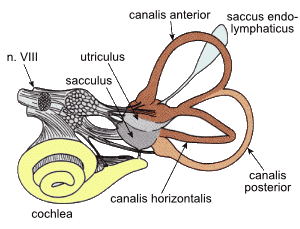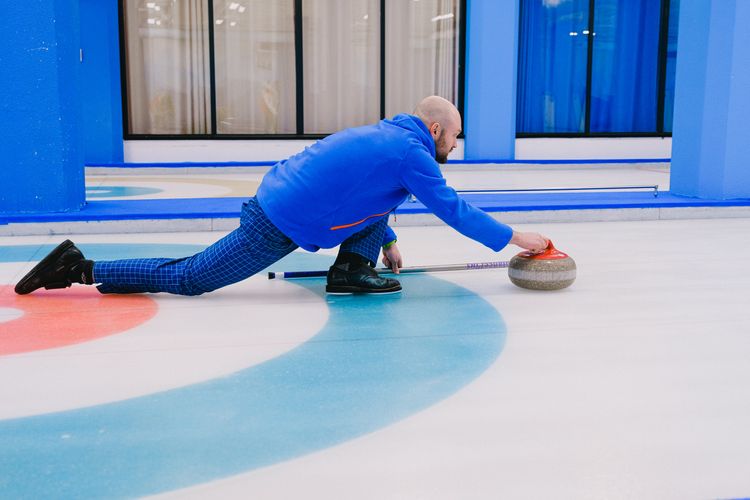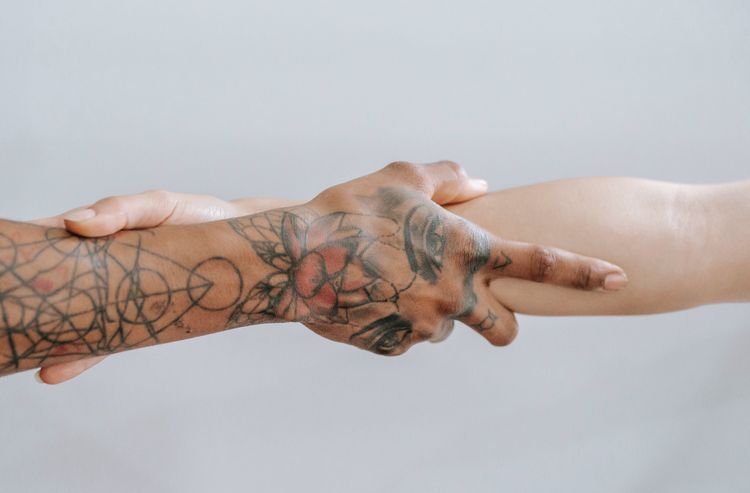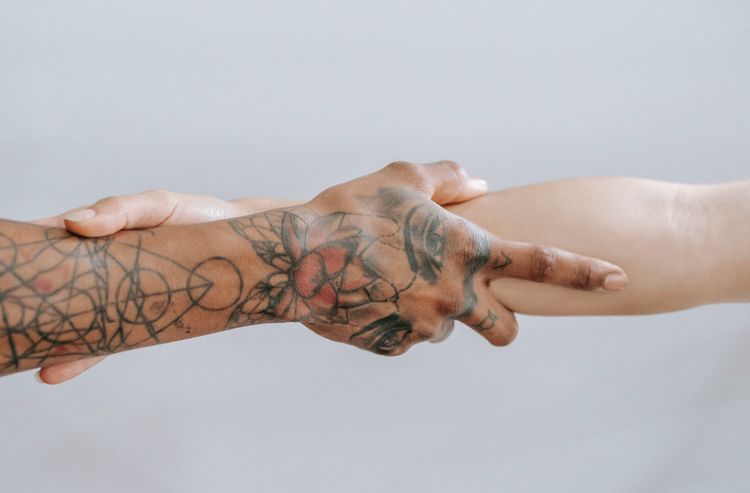Issue 22 Blue Crab Edition - Vestibular Rehab Predictors and Joint Position Sense with Fatigue

I don’t have a lot of precursors today, so let’s try something different and just pop right into the articles. Enjoy!
P.S. You’ll find two articles below, but King Crab subscribers got 4! Yea, I know not fair. If you want more, head to PTCrab.org/Subscribe for details.
What Predicts Rehab Outcomes in Vestibular Hypofunction?
The Gist - This basic, but also one of a kind study from the Journal of Physical Therapy sought to examine what factors predicted recovery in vestibular rehab. Specifically, they observed 116 patients with unilateral vestibular hypofunction who went to at least two treatment sessions, logged a bunch of data, then ran that data and the patients’ results through a regression model to see if there were predictors hidden somewhere in there. And, wouldn’t ya know it, they found some!
On the whole, vestibular rehab made a big difference to these patients, significantly improving them on each outcome measure (details of which are below). A majority of patients improved on every outcome measure, though not all did so. When considering only patients who scored “abnormal” on outcome measures prior to vestibular rehabilitation, all patients improved on all outcome measures after rehab. As far as predictions go, the two patient characteristics that were most predictive of rehab success were the number of rehabilitation visits and the number of falls after vestibular hypofunction onset.
Tell Me More - You want those outcome measures, don’t you? There are a lot, get ready.
- Visual analog scale of oscillopsia
- Visual analog scale of dysquilibrium
- Visual analog scale of head movement
- Balance confidence using the Activities-specific balance confidence scale
- Quality of life using the Disability Rating Scale
- Percent of time symptoms interfere with life
- Percent of time symptoms interfere with activities
- Vestibular Rehabilitation Benefits Questionnaire
- Dynamic gait index
- Dynamic Visual Acuity
- Hospital Anxiety and Depression Scale
I told you there were a lot. Based on that, pretty remarkable that people could improve across all of them, isn’t it? Especially as a few patients only attended two sessions.
Wanna hear some limitations? Sure you do. They left out a few outcome measures common in vestibular rehab, very few patents had otolith tests, they didn’t check the level of physical activity of participants (important since physical activity can be a predictor of vestibular rehabilitation), and they did not examine exercise adherence. Check out the paper for even more details.
Paper? Yupp yupp yupp.
You’re Tired. So I’ll Bet You Don’t Know Where Your Hand Is.
The Gist - I don’t spend a lot of time thinking about joint position sense, but these researchers from DeSales university did, and came back with some interesting results. Forty healthy adults were split into younger and older groups and given pre and post exercise tests of joint position sense. They closed their eyes and had their wrist placed in a position, then repositioned to neutral, and then were asked to replicate the position the researchers had placed them in. This was tested before and after exercise and the error rate was measured.
Surprisingly, younger and older adults had similar deficiencies in joint position sense after exercise. On average, an 18% muscle strength decline due to fatigue from exercise led to a 215% wrist joint position sense deficit. Basically, getting 20% more tired makes you doubly inaccurate. This is quite important, since a lack of joint position sense can be dangerous.
Tell Me More - For exercise, patients were put through reps on a calibrated hand gripper and wrist extension curls with a dumbbell at weights roughly equivalent to the 10 rep-max level based on some dynamometry performed previously. Patients performed three sets of 10 reps of each exercise, then had their wrist strength and joint position sense retested.
The joint position sense score given was the number of degrees by which they missed the target position. Pre-exercise, young adults missed by an average of 4.52° and older by 5.11°. Afterward, young adults missed by an average of 9.43° and older by 11.26°. The between-group differences weren’t significant, but the pre/post exercise differences were, to the .000 p-level.
The study has a great breakdown of limitations and much more about the strength and fatigue rates of the participants that I can’t fit here, but check out the paper for great data.
Gimme. Sure thing.
That’s all I’ve got this week. Hope you enjoyed it and your December has started well. Welcome to all the new subscribers this week, we’re really happy to have you aboard.
’Til next time,
Luke
Featured Image from: VestibularSystem.png: *VestibularSystem.gif: user:Thomas.haslwanterderivative work: Ortisa (talk)derivative work: Icewalker cs, CC BY-SA 3.0 http://creativecommons.org/licenses/by-sa/3.0/, via Wikimedia Commons






Comments
Want to leave a comment and discuss this with your fellow PTs? Join PT Crab and get summarized PT research in your inbox, every week.